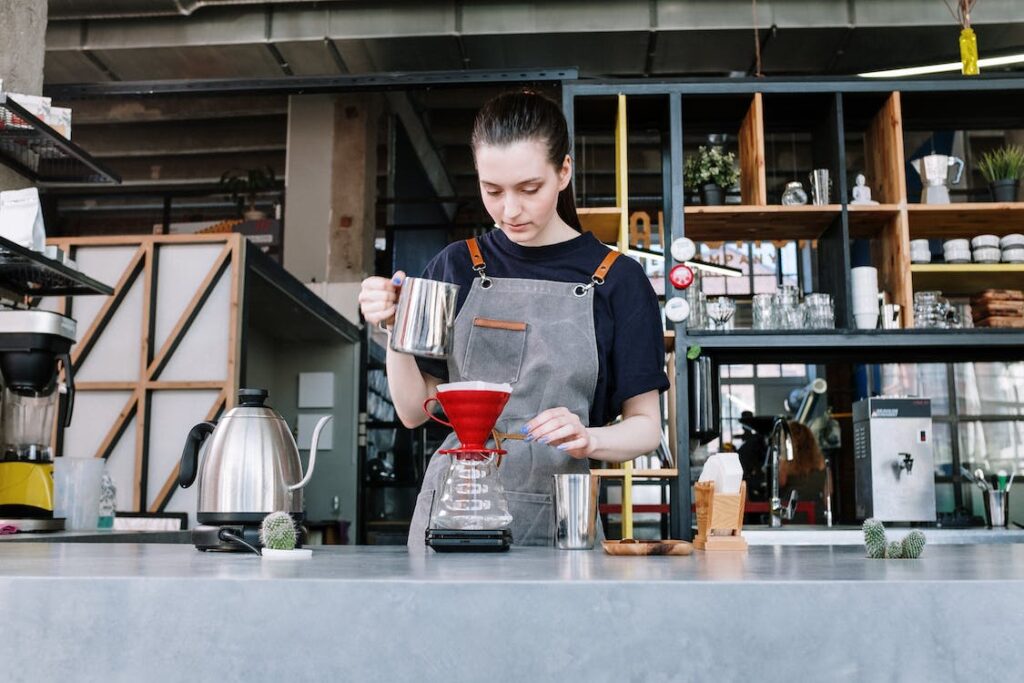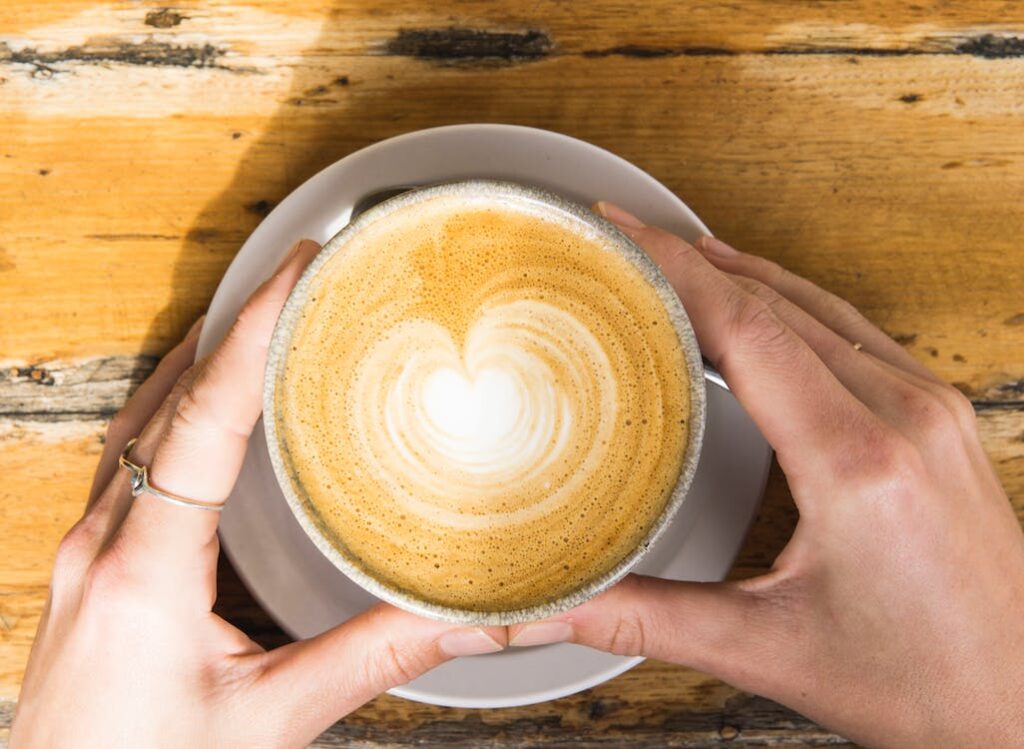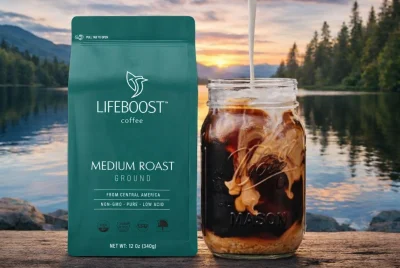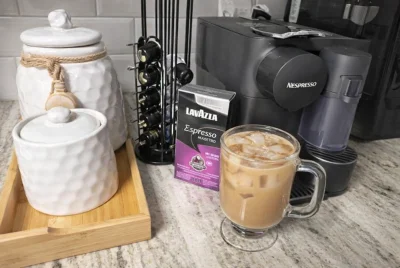12 Cups of Coffee: How Many Tablespoons Do You Need?
*We may earn a commission for purchases made using our links. Please see our disclosure to learn more.
As a coffee enthusiast, f or me, the day doesn’t officially begin until that rich, aromatic brew fills my cup. It’s not just about caffeine; it’s about the experience, the taste, and the satisfaction of brewing the perfect cup. And one of the most crucial factors in that perfection is the coffee-to-water ratio. Today, we’re delving deep into the world of coffee ratios to answer a question that’s been bugging many coffee lovers: How many tablespoons do you need for 12 cups of coffee?
Understanding Coffee-to-Water Ratio
Before we tackle the 12-cup conundrum, let’s understand the basics. The coffee-to-water ratio is the amount of coffee grounds you use relative to the water you pour over them. This ratio isn’t just an arbitrary number; it’s the secret sauce to brewing a fantastic cup of coffee. Too much coffee and your brew will be overpowering, while too little leaves it weak and unmemorable.
Factors Influencing Coffee-to-Water Ratio
Several factors influence the ideal coffee-to-water ratio. It’s not just about pouring coffee into a machine and hoping for the best. Here are some key influencers:
- The type of coffee beans: Arabica or Robusta? Dark or light roast? Each type and roast level has its unique characteristics that affect the ratio.
- The grind size: The coarseness or fineness of your coffee grounds plays a significant role. Espresso requires a fine grind, while a French press needs a coarser one.
- Brewing method: Are you using a drip machine, a pour-over, a French press, or something else entirely? Each method demands its own ratio.
- Personal taste preferences: Ultimately, the perfect ratio depends on your taste buds. Do you like your coffee strong or mild? Bitter or smooth? Your preferences will guide you.
Standard Coffee-to-Water Ratios
Let’s start with the basics. There are three standard coffee-to-water ratios that most coffee enthusiasts swear by:
- The 1:15 ratio: This is a common starting point, where you use 1 part coffee to 15 parts water. It’s perfect for those who enjoy a robust and intense brew.
- The 1:16 ratio: A touch milder than the 1:15, this ratio is great for those who prefer a smoother, less intense cup of coffee.
- The 1:17 ratio: For the more delicate palates, the 1:17 ratio provides a mellow, almost tea-like coffee experience.
Now, which one should you choose? It all comes down to your taste preference. If you like your coffee strong and bold, go for 1:15. For a milder cup, opt for 1:16, and if you want it even gentler, try 1:17.
Experimenting with Coffee-to-Water Ratio
Here’s where the fun begins. Don’t be afraid to experiment. Your taste is unique, and the best way to find your ideal ratio is by trying them all. Start with the standard ratios and adjust until you discover your personal Goldilocks ratio.

How Many Tablespoons for 12 Cups of Coffee?
Now, let’s address the question that brought you here – how many tablespoons do you need for 12 cups of coffee? Brewing a larger batch of coffee, like 12 cups, requires a bit of calculation. First, let’s understand the scenario.
Imagine you’re brewing a single cup of coffee – a personal morning ritual. For a single cup, you might use one tablespoon of coffee grounds. But when you’re making 12 cups, it’s not as simple as multiplying by 12, which would suggest you need 12 tablespoons. The math is a bit more complex.
To get the perfect brew for 12 cups, you’ll need around 0.38 ounces (10.6 grams) of coffee grounds per cup. This means for a 12-cup pot of coffee, you’ll need approximately 4.6 ounces (131 grams) of coffee grounds.
The Brewing Process
Before you rush off to measure out those tablespoons, let’s go over the brewing process for 12 cups of coffee. It’s not just about the coffee-to-water ratio; the quality of your coffee also depends on several other factors:
- Selecting the right coffee beans: Start with quality beans. The fresher, the better. Your choice of beans significantly impacts the final flavor.
- Grinding your coffee: Invest in a good grinder and ensure the grind size matches your brewing method. For a 12-cup batch, you’ll need a coarser grind.
- Brewing methods for a large batch: Are you using a drip machine, a percolator, or perhaps a Siphon brewer? Make sure your brewing method is suitable for a larger quantity.
- Water temperature and quality: Use filtered water and maintain a water temperature between 195-205°F (90-96°C) for optimal extraction.
The Art of Precision
When measuring coffee grounds for your 12-cup brew, you have two options: tablespoons or a scale. While many of us rely on tablespoons, using a scale is a game-changer for precision. It takes the guesswork out of the process, ensuring consistency.
Measuring in tablespoons can be a bit inconsistent. The size of the scoop and the way you fill it can vary. On the other hand, a scale provides exact measurements, ensuring you’re consistently using the right amount of coffee grounds for each cup.
Brewing Tips and Tricks
Now that you have your precise measurement and quality ingredients, it’s time to brew. Here are some additional tips and tricks to keep in mind:
- The importance of bloom time: When using freshly ground coffee, give it a moment to “bloom.” Pour a small amount of hot water over the grounds and wait for 30 seconds. This releases carbon dioxide and ensures even extraction.
- Steeping time and technique: Follow the recommended steeping time for your brewing method. If you’re using a French press, for instance, steep for about 4 minutes.
- The “stir or not to stir” dilemma: Some methods, like the French press, require stirring, while others, like the pour-over, do not. Follow the guidelines of your chosen brewing method.
- Maintaining consistent results: Consistency is the key to perfecting your coffee. Use the same coffee-to-water ratio, temperature, and brewing method every time.
Other Variables to Consider
There are a few more variables to keep in mind if you’re truly on a quest for the ultimate coffee experience:
- Altitude and water pressure: If you live at a higher altitude or have low water pressure, you may need to adjust your coffee-to-water ratio for optimal results.
- Equipment and quality: The quality of your coffee maker matters. Invest in a good machine for consistent results.
- Roasting level of beans: Dark and light roasts have different characteristics. Adjust your ratio based on the roast level you prefer.
- Beans’ freshness factor: Fresh beans are a must. As coffee ages, it loses its flavor. Use your beans within a reasonable timeframe.
What’s Your Coffee Style?
Your coffee experience should be tailored to your taste. Do you prefer your coffee bold and intense, or do you enjoy a milder, more subtle brew? Your chosen ratio can help you achieve your coffee style.

Experiment with different ratios until you find the one that perfectly suits your taste buds. There’s no one-size-fits-all solution in the world of coffee, and that’s what makes it so fascinating.
The Ultimate Coffee Experience
Picture this: you’ve taken the time to choose the right beans, grind them to perfection, and brew with precision. The aroma fills the air as the coffee drips into the pot. You pour yourself a cup, savor the first sip, and find it just right. That’s the magic of finding your ideal coffee-to-water ratio.
Common Mistakes to Avoid
As you embark on your coffee journey, here are some common mistakes to watch out for:
- Over-extraction vs. under-extraction: Over-extraction leads to bitterness, while under-extraction results in a weak, sour taste. Finding the right balance is essential.
- Neglecting grind size: Use the wrong grind size, and your coffee may taste over-extracted (fine grind) or under-extracted (coarse grind).
- Using low-quality water: The quality of your water matters. Tap water with strong flavors or impurities can negatively impact your coffee’s taste.
- Rushing the process: Don’t rush your brewing. Give your coffee time to bloom and extract its full flavor potential.
A Coffee Enthusiast’s Journey
On a personal note, my quest for the perfect cup of coffee has been an adventure. I’ve tried various ratios, beans, and methods. There have been bitter mornings and delightful discoveries. The beauty of the journey is in the learning process, in understanding the nuances of coffee brewing, and in the joy of sharing a well-brewed cup with friends and family.
Conclusion
In the world of coffee, ratios are the key to unlocking the perfect cup. Whether it’s a single cup or a pot for a crowd, the right coffee-to-water ratio is your secret weapon. It’s the difference between a mediocre cup and a truly remarkable one. So, take the time to experiment, find your Goldilocks ratio, and savor the ultimate coffee experience tailored just for you.
Frequently Asked Questions (FAQs)
Q1: Is there a universal coffee-to-water ratio for all brewing methods?
No, the ideal ratio varies depending on the brewing method and your personal taste. Experimentation is key.
Q2: Can I use a kitchen tablespoon to measure coffee grounds for precision?
While it’s possible, using a digital kitchen scale offers more accurate results for consistency.
Q3: What’s the biggest mistake to avoid when brewing coffee at home?
Over-extraction or under-extraction is a common mistake. Finding the right balance is crucial for a great cup.
Q4: How can I keep my coffee beans fresh for longer?
Store your coffee beans in an airtight container away from light, heat, and moisture to maintain their freshness.
Q5: Does the water quality really make a difference in coffee taste?
Yes, using high-quality, filtered water can significantly improve the flavor of your coffee by eliminating unwanted impurities.




